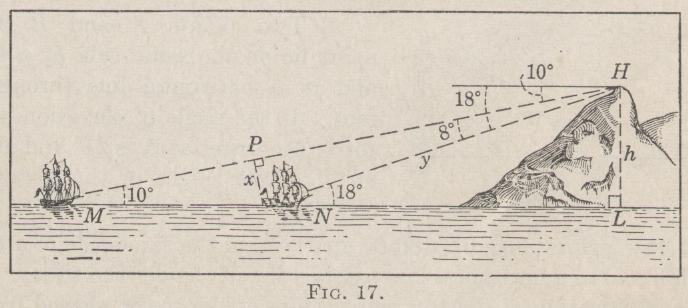Decolonization can be hard to see...
C K Raju is an Indian mathematician, physicist, post-colonial philosopher, historian and part time statistician. Most of this post is taken directly from a talk he gave at MIT about the imperialism of expecting the post-colonial world to teach according to the MIT/Harvard MOOC’s (Massive Open Online Courses) curriculum for Trigonometry, available here. I will discuss more of his papers in detail as I read, because since being exposed to his thinking, I look at mathematics totally differently.
In his book on Indian Mathematics summarized for the layperson here, he dispels the notions that calculus was formulated in Europe by Newton or Leibniz, but instead ganita had existed in India for nearly a thousand years as a practical method for algorithmic arithmetic, multiplication and addition, useful in, amongst other things, finding sums of infinite series. Such methods could have been developed independently in Europe, he goes on to say, but this is highly unlikely because at that time the Abacus was still being used to mimic multiplication with repeated addition. Thus, even though European mathematicians of the day were exposed to infinite sums through contact with the Arabic world, they concluded that an infinite sum would take an infinite time to compute, so that only god could compute it.
Indian mathematicians and sailors, though, used ganita for computing approximations to infinite series as well as numerical integration and computing trigonometric identities. This allowed them to work out exact values for sine and cosine tables for use in navigation. They approximately calculated the size of the earth (a problem which stumped European mathematicians up until the mid 18th century) and created an accurate calendar for agriculture. These methods enabled lucrative trade and cultural exchange with the Arabic world and East Africa, who in turn passed on this knowledge to the European merchants in Venice and Jesuit monks in Toledo. After an unnamed Indian navigator hired by Vasco da Gama in modern day Kenya used ganita based methods to successfully navigated his ships to India (a previously impossible voyage for Europeans), the power of trigonometry in navigation was clear.
European mathematicians worked quickly to translate this knowledge from Arabic and apply it to their own problems of navigation. This wasn’t an easy task, and many concepts were misinterpreted (people copying on a test never get as good grades as those they copy from). Indian texts examined angles through the use of circles and interpretation of the ratios of straight and curved lines was investigated through the use of a flexible string. This was misunderstood as the Jesuits attempted to fit trigonometric results into Euclid’s geometry of triangles, to claim that the knowledge came from Greece. The examination of angles using triangles is limiting to our understanding of what angles and chords are, so the switch to the unit circle in high school math seems abrupt and out of context. In fact, learning with triangles becomes complicated so quickly that in school we are only taught about the special symmetrical angles of 15º, 30º, 45º, 60º and 90º. Now, in the post-colonial world, Western knowledge is seen as so superior that In this way, the confusions that the Jesuits had with Trigonometry, are still inherited in accepted mathematics curricula today.
Moving on with the story, never mind that the Jesuits misunderstood many of the concepts (as demonstrated by the name Trig-onometry when really it was originally based around circles), erased the contributions of non-Western minds and attributed the knowledge to Greek mathematicians such as Euclid and Ptolemy, the arrival of trigonometric tables and their application to navigation techniques had much farther reaching colonial consequences for the rest of the world. Accurate navigation enabled the spread of European settler colonialists over larger expanses of the pre-colonial world than ever before. The slave trade was expanded and refined in the Caribbean, the extraction of mineral resources from Southern Africa boomed and India, the very country without which none of this navigation would have been possible, was colonized and extracted from with all the rest.
Now, in the post-colonial world, Western knowledge is seen as so superior that these inherited imperfections from Jesuit plagiarism of Trigonometry are taught all through the Middle East and India. There is no space to question the inherent superiority of European maths, so that now, even at the higher education level millions of Indian pupils are registering for the MIT/Harvard MOOC’s about Trigonometry, thus continuing academic imperialism of the West over the rest.
Colonization is omnipresent in our world. Thank you Professor C K Raju for reminding us to always look deeper.
The video this post is based on can be found here.

